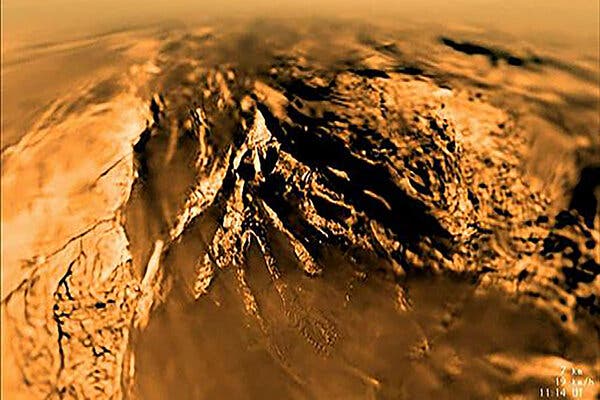For generations, physicists have puzzled over life. Their theories about matter and energy have helped them understand how the universe produced galaxies and planets. But physicists have struggled to understand how lifeless chemical reactions give rise to the complexity stored in our cells.
In a new book, “Life as No One Knows It: The Physics of Life’s Emergence,” out on Aug. 6, Sara Walker, a physicist at Arizona State University, offers a theory that she and her colleagues believe can make sense of life. Assembly theory, as they call it, looks at everything in the universe in terms of how it was assembled from smaller parts. Life, the scientists argue, emerges when the universe hits on a way to make exceptionally intricate things.
The book arrives at an opportune time, as assembly theory has attracted both praise and criticism in recent months. Dr. Walker argues that the theory holds the potential to help identify life on other worlds. And it may allow scientists like her to create life from scratch.
“I actually think alien life will be discovered in the lab first,” Dr. Walker said in an interview.
Dr. Walker went to graduate school planning to become a cosmologist, but life soon grabbed her attention. She was struck by how hard it was to explain life with standard physics theories. Gravity and other forces are not enough to produce the self-sustaining complexity of living things.
As a result, scientists still struggled to explain how an assortment of chemicals reacting with each other might give rise to life. Scientists had no way to measure how life-like a group of chemicals were, in the way they might use a thermometer to measure how hot something is.
“Without a concept of absolute zero, you don’t know what you’re doing,” she said.
